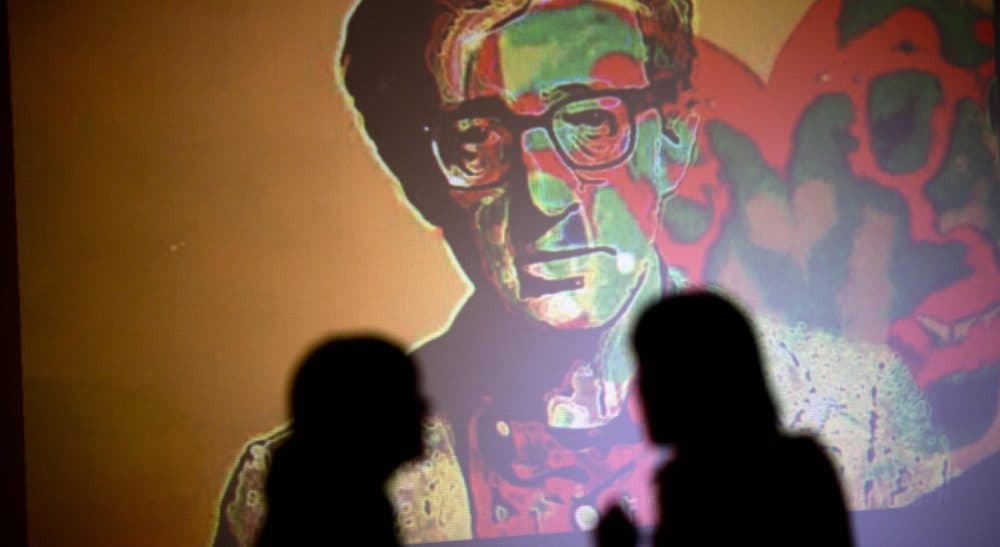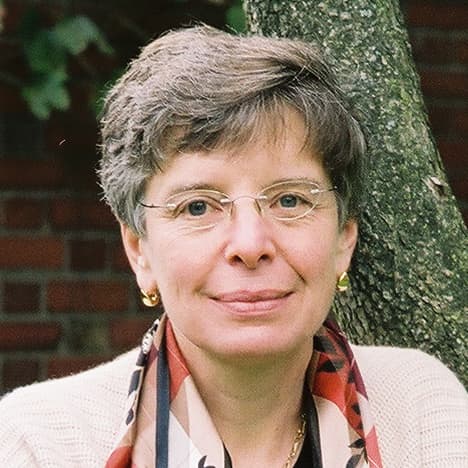Advertisement
It’s Not What You Think: This Is Why The Woody Allen Abuse Scandal Matters

Did Woody Allen molest his daughter, Dylan Farrow? We may have opinions, but, as with so many moments in which only two people are present, we have no witnesses. Both sides can make claims and line up partisans, but without recovering something like a lost videotape, we are unlikely ever to know.
Should we care? Yes. But mostly because the public importance of this tale is separate from the people involved. Celebrity stories offer us larger than life tableaus on which we can see our cultural battles reflected back at us. They allow us to take the societal “pulse”; and, in this case, to ponder again that terribly vexing societal conundrum of sexuality and safety.
Celebrity stories offer us larger than life tableaus on which we can see our cultural battles reflected back at us.
Forms of coercion and deception are, and for millennia have been, a constant way of gaining sexual access. Often full consent has been lacking between adults, and — of course — it has been non-existent in adult/child encounters. Yet, thanks to the silence caused by shame, threats, feeble laws, and conniving (think the Catholic Church or the Boy Scouts) it has been possible to keep most predatory sexuality away from public scrutiny. And therefore, in practice, to maintain the societal power imbalances we claim no longer to have.
When sexual wrongdoing has come to light, societies have tended to cope with the impossibility of knowing what happened by siding with the powerful — who have most often been adult (and white) and male. It’s only lately that stories such as Dylan’s have had any airing. In truth, it is only lately that U.S. women and children have accrued any meaningful legal rights over sexual matters. Access to birth control? Protection from domestic violence? From rape? From sexual assault? From pimps? From sexual trafficking? From incest? From bosses' predilections? For centuries the answer was, “Forget about it.” (Until the 1870s, the age of “consent” in New York was 10!) Legal protections are recent, hard won, not evenly enforced across race, sexual orientation, and class; and overall not yet terribly effective.
In truth, much of our support for women’s or children’s rights in sexual matters is still virtually brand new — and still fragile. When, in 1981, the psychiatrist Judith Herman published her landmark book “Father-Daughter Incest,” the male-dominated psychiatry textbooks of the day universally claimed that father-daughter incest was rarer than hen’s teeth — if it even existed. The outpouring of personal response to Herman’s book proved the assertion wildly untrue.
As a therapist, I’ve sat with older women who’ve wept as they told me about trying unsuccessfully to get access to birth control — illegal in Massachusetts until the mid-1960s — so they didn’t have to conceive another child. And I vividly remember an “older” girl in my high school repeating her father’s assertion that there was no such thing as rape, since women always meant yes when they said no. I could easily go on.
Legal protections are recent, hard won, not evenly enforced across race, sexual orientation, and class; and overall not yet terribly effective.
And so could you. We all know many stories. What is remarkable is that during the past 50 years in America we have begun to ask what it would mean if our public stories weren’t only told by the more powerful party. So too, we have begun to ponder whether we can live together without condoning — turning our backs on, denying, winking at — predatory sexuality when perpetrated by “respectable” people. For the first time ever we’ve collectively begun considering what it would be like if the less powerful parties — often, but definitely not always, women and children — were more actively protected from the sexual coercion and silencing of the stronger ones?
During the past 40 years (thank you, Oprah, and many others) we’ve begun talking publicly and in detail about incest, and sexual abuse; and about sexual assault generally — not just at home, but also in the church, the workplace, the military, college campuses and everywhere else. Oh, of course similar tales have been on people’s tongues in private, or as whispered gossip since the beginning of time. But now, we’re revisiting them, telling them anew and out loud in the hope of firming up the sexual safety that is a prerequisite of emotional health and real social equality. The effort is imperfect and messy. It includes its own excesses and dangers. It, too, can harm the innocent. But it is also crucial; some would say miraculous.
Related:
